How to master paid, owned and earned media?

Are you ready to rethink marketing and make your brand stand out?
There are many components to a successful marketing strategy. But today we want to introduce you to a particularly powerful trio: Paid, owned and earned media. Are you wondering what these terms mean? And how best to combine them to achieve your marketing goals? In this article, we take a deep dive into the world of paid, owned and earned media. We’ll show you how to use them to build your brand, reach your audience and take your marketing strategy to the next level.
What is paid media?
Paid media is any marketing activity where you pay directly to get your message across or reach a specific audience. It includes traditional channels such as television, print and radio advertising, as well as digital formats such as paid search, display advertising, social media advertising and influencer marketing. The great advantage of paid media is control. You decide exactly where and how your messages appear, ensuring rapid visibility and targeted reach. But beware, it requires ongoing investment to be successful in the long term.
How does owned and earned media differ from paid media?
Owned media includes all digital assets and platforms that your company owns and controls. This includes your company website, blogs, social media profiles, email newsletters, mobile apps and podcasts. Unlike paid media, owned media gives you complete control over your content without direct distribution costs.
Earned media, or purchased media exposure, is created organically and is based on the excitement and recommendations of your customers. It includes positive reviews, word of mouth, social media mentions, press coverage and viral content. Unlike paid and owned media, earned media is not created through direct marketing spend, but through authentic customer interactions that build trust and credibility for your brand.
Let’s take a closer look at media strategies
Paid media: Mastering targeted advertising strategies
Let’s start with paid media – an essential part of any modern marketing strategy. This is where you invest directly in your brand’s visibility, giving you fast and targeted reach. It allows your brand to target advertising messages to specific audiences and channels.
Various forms of paid media:
- Online advertising: This category includes various advertising formats on the Internet, including banner ads, display ads, video ads, social ads and pop-ups. These ads can be placed on websites, social networks, search engines and other digital platforms. Sophisticated targeting capabilities allow you to tailor ads to the right audience based on demographics, interests, behaviours and other criteria.
- Influencer marketing: This method refers to working with influencers who have a large following in specific niches or industries. Influencer marketing is an effective strategy for promoting products or services to a wider audience. Partnering with influencers helps to increase reach, build credibility and engage audiences authentically.
- Paid search advertising: This form of advertising appears in the search results of search engines, such as Google Ads, in a prominent position when users search for specific keywords. You can bid on relevant keywords to ensure that your ads are displayed for relevant searches. Paid search advertising is a targeted way to reach potential customers who are actively searching for the products or services you offer.
Owned Media: Direct connection to your target group
Owned media includes all channels that a company fully controls, such as its own website, social media profiles and email newsletters. The real power of owned media lies in the ability to build an authentic brand identity and interact directly with your target audience. It allows you to create targeted content that clearly communicates what your brand stands for and builds deep, valuable relationships. Owned media also gives you the flexibility to tailor content to your organisation’s unique needs and strategic objectives.
A strong focus on owned media is critical to the long-term success of your marketing strategy. It allows you to build and maintain a direct and independent relationship with your customers without being dependent on external platforms. Through the strategic and creative use of owned media, you can not only increase brand awareness, but also actively engage your audience and effectively achieve your business objectives.
Earned media: The key to credibility and customer loyalty
Earned media is organic and based on the enthusiasm and positive experiences of your customers. It includes any form of media exposure that is not directly controlled or paid for by your company, but is generated by the initiative of customers or other external sources.
Common examples of earned media include customer reviews and social media recommendations. When a customer is enthusiastic about a product or service and shares that experience online, whether through a positive social media post or a review on a platform, valuable earned media is created. Influencer recommendations, word of mouth and viral content also contribute to the generation of earned media.
The effectiveness of earned media lies in its authenticity and credibility – customers often trust the opinions of other customers more than traditional advertising. As a result, earned media offers a unique opportunity to gain consumer trust and build a strong brand reputation.
Although earned media is not directly controllable, you can encourage its creation by providing first-class products and services and working hard to ensure customer satisfaction. A customer-centric culture, excellent customer service and creating memorable customer experiences are essential to generating earned media and reaping the full benefits of positive word of mouth.
How can you effectively integrate paid, owned and earned media?
A dynamic marketing strategy requires a skilful combination of paid, owned and earned media. This allows you to achieve maximum reach and deep customer relationships. Start with clear objectives and a precise definition of your target audience. Use paid media to quickly increase the visibility of your content and target specific audiences. At the same time, build a strong brand presence through owned media and drive earned media through excellent customer service and products. This integrated strategy will give a lasting boost to your marketing efforts.
Tips for an integrated media strategy
- Clear goals: Before you start integrating paid, owned and earned media, it is important to define clear objectives. Do you want to increase brand awareness, generate leads or increase sales? By clearly identifying your goals, you can better decide which media types and strategies will best achieve them.
- Complete strategy: Successful integration requires a holistic strategy that considers all three types of media. Don’t think of paid, owned and earned media as isolated elements, but as part of a larger whole. By skilfully combining them, you can make the most of each medium’s strengths and create synergies.
- Consistent message: A consistent message across all media is critical to building a strong brand identity and gaining consumer trust. Ensure that your advertising messages and content are consistent across paid, owned and earned media, delivering a clear and unified brand message.
- Measurable results: To measure the success of your integrated marketing strategy, it is important to define clear metrics and key performance indicators. Use analytics tools and metrics to track and analyse the ROI of each type of media. This will help you identify what’s working and what’s not, and adjust your strategy accordingly.
- Flexibility and adaptability: The digital landscape is ever-changing. Successful marketing strategies must be able to adapt to new trends and developments. Be flexible and willing to adjust your strategy to respond to changes in the market environment. By staying agile and continually optimising, you can ensure the long-term success of your integrated marketing strategy.
Successful examples of the integrated use of media
Coca-Cola’s Share a Coke campaign: This innovative campaign combined paid media through TV and outdoor advertising with owned media through a strong social media presence and earned media through the viral distribution of personalised Coke bottles with customers’ names.
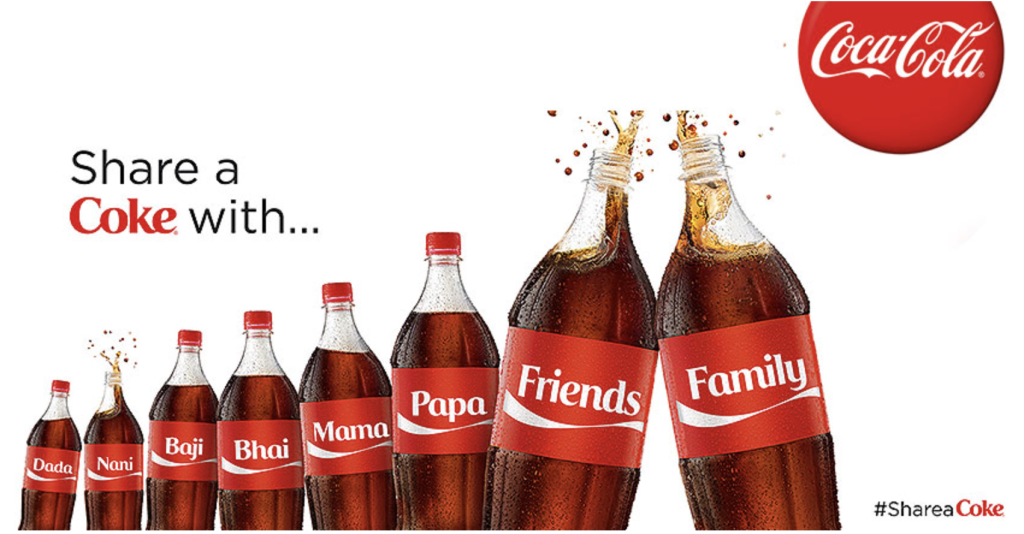
Airbnb’s #LiveThere campaign: Airbnb used paid media through targeted social media advertising and influencer marketing to build brand awareness. At the same time, the company used owned media by publishing inspiring travel stories and photos on its own website. Earned media was created through the excitement of travellers sharing their experiences on social media.
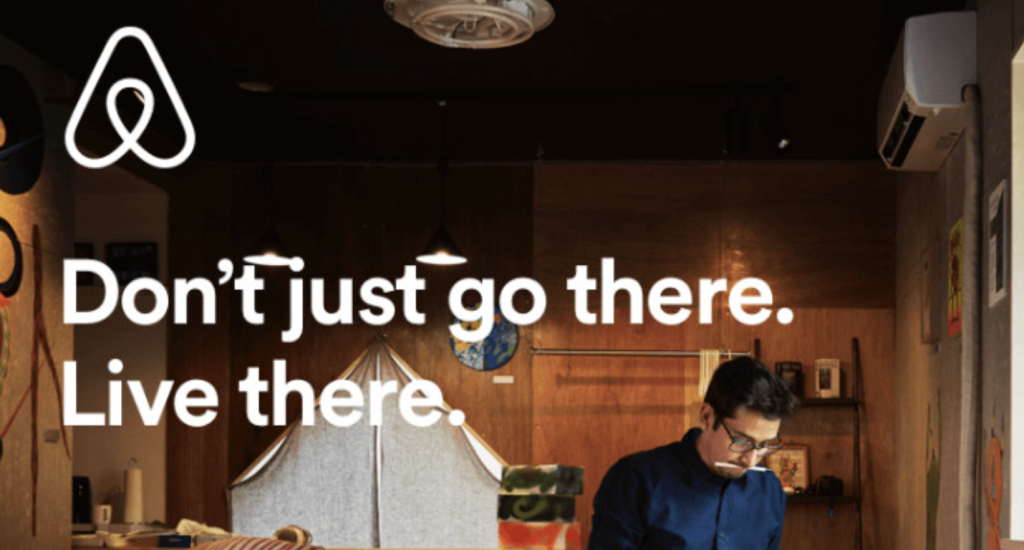
Nike’s Dream Crazy campaign: Nike combined paid media through TV commercials and paid search ads with owned media by publishing inspirational content on its own website. Earned media was achieved through the viral distribution of the Colin Kaepernick advert on social media.
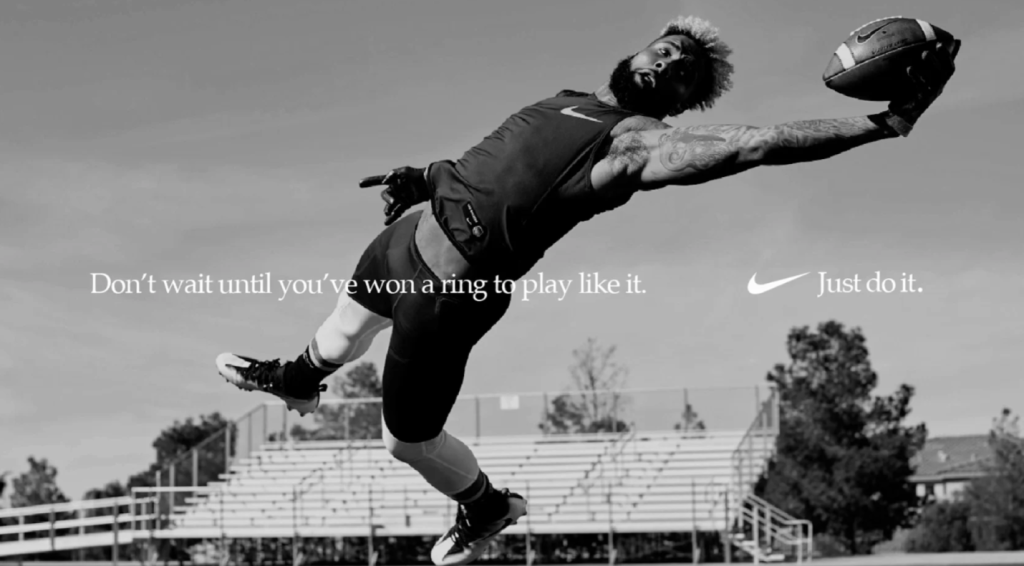
Conclusion
The combination of paid, owned and earned media forms the backbone of a comprehensive and effective marketing strategy. By using these three types of media wisely, you can not only increase your visibility, but also build deep and lasting relationships with your audience. Each of these media types plays a unique role in your marketing strategy – together they create a symphony of success.







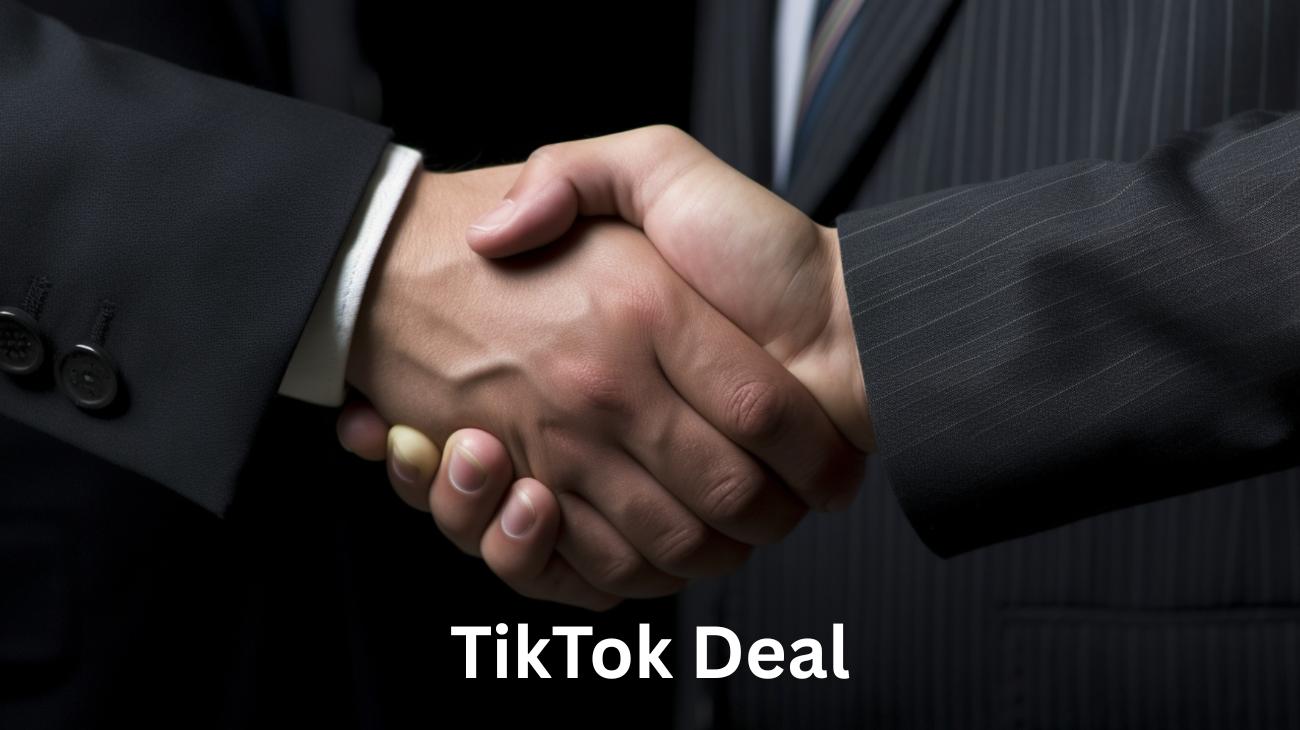
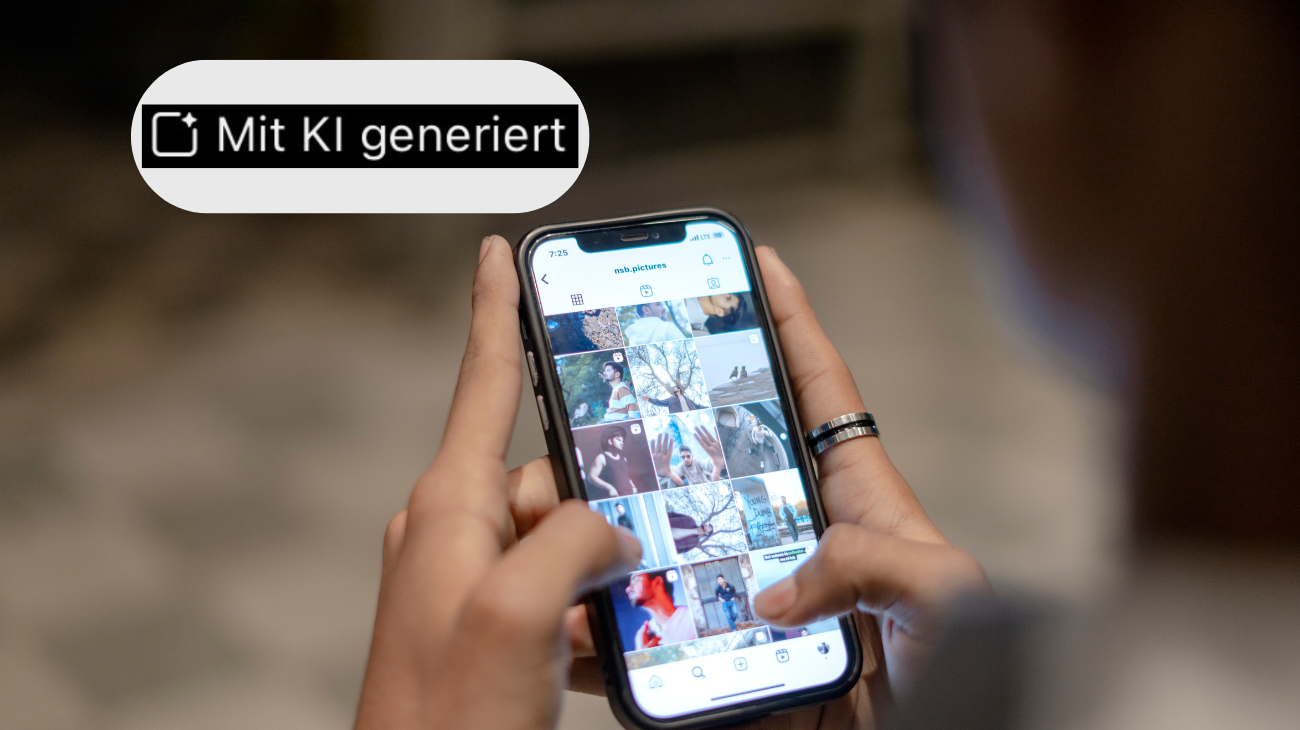
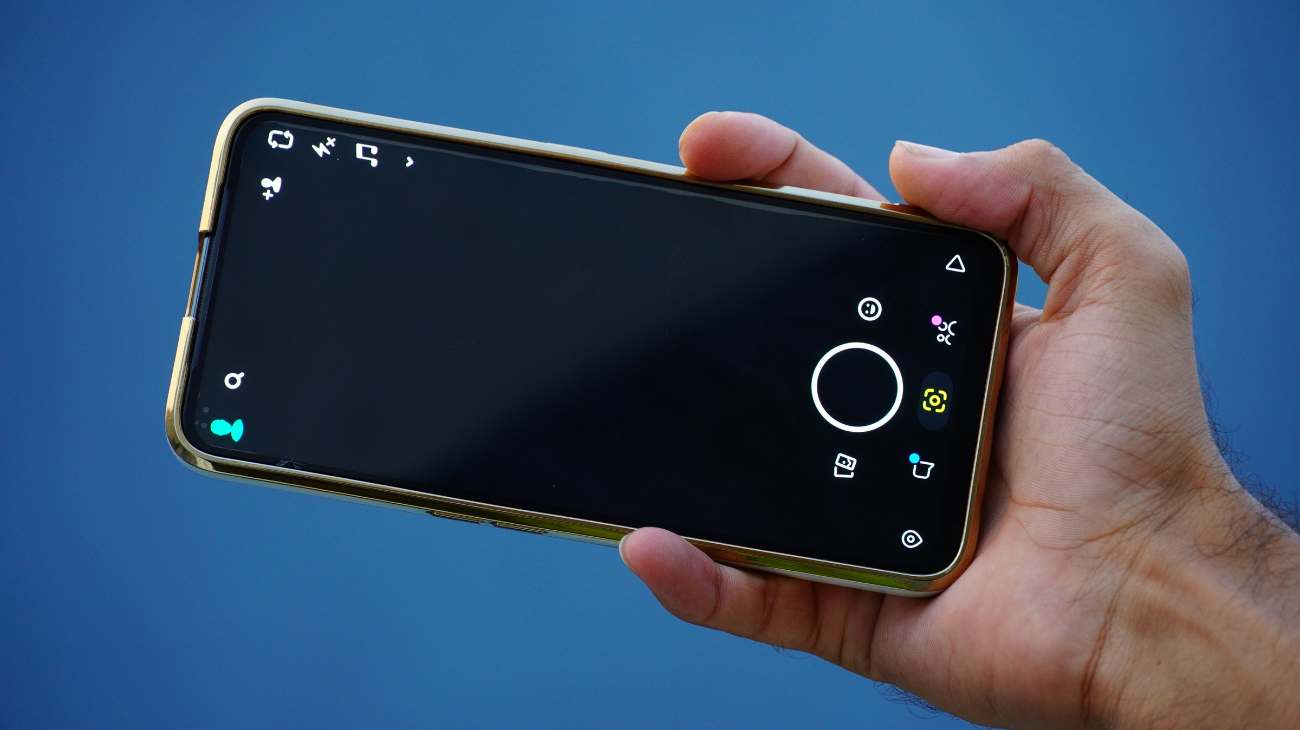
 Sign up
Sign up 